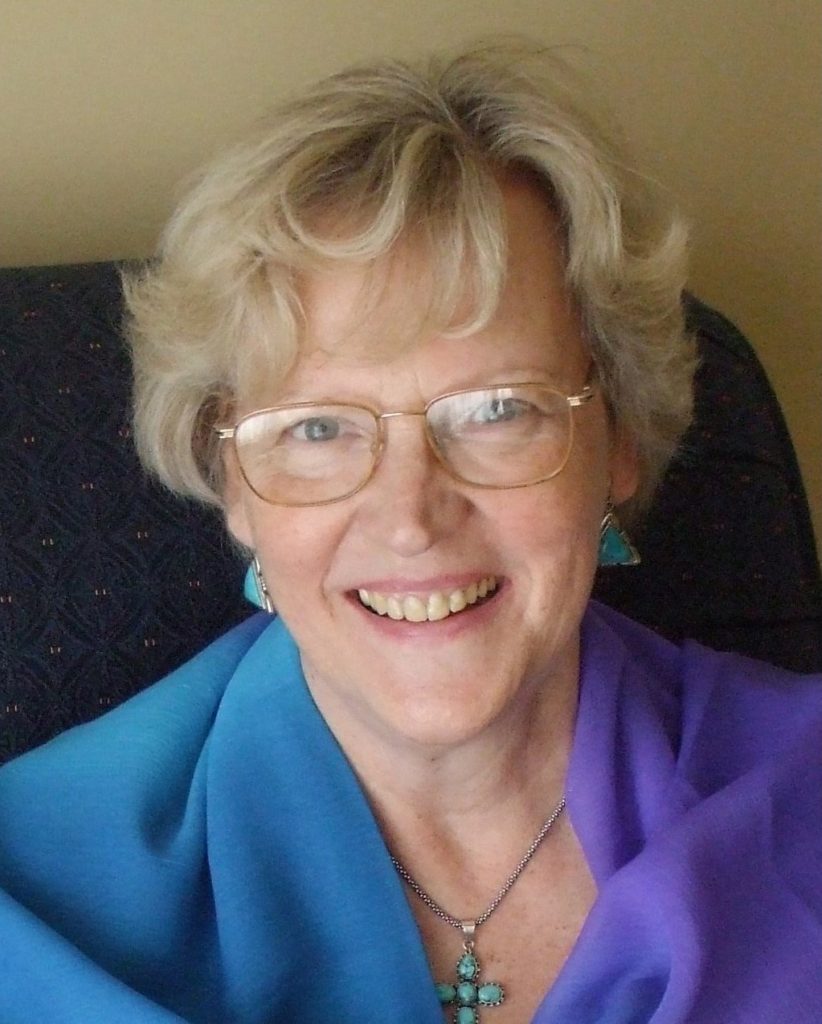“Coming into the present moment means detaching ourselves from the mental web of past and future that enmeshes us”, which means detaching ourselves from the surface distractions, which are “harassing us like a plague of locusts”, and the accompanying fear of ‘letting go’. But by letting “go off the thoughts … a ‘peace beyond understanding’, which was always present, emerges.” (p.216) We have entered through the doors of silence into peace and tranquillity.
We get strengthened and refreshed by the silence. But what happens sooner or later is that deeper thoughts emerge. We enter the second level of distractions. Once we manage at times to quieten the mind, we hit the level of buried feelings and memories, in Jungian terms, the ‘personal unconscious’. The ‘ego’ has buried here any aspect of our personality, and associated feelings and memories, which the ‘ego’ felt might endanger our being lovingly accepted and appear to be threatening our security and survival in childhood. John Main called this: “the darker level of consciousness of repressed fears and anxieties” and Laurence Freeman sees the ego here as “dressed in the more dramatic period costumes of the different stages of our psychological history.” (Sharing the Gift p.65) For our ego to become whole and no longer form a barrier on the spiritual path, we have to descend into the personal unconscious and face these forgotten aspects of our being. As Jung said, we need to go down before we can go up. We need to do that with courage, without judging or criticism of ourselves. Although Jung called these forgotten aspects the ‘shadow’, it does not mean these are all bad aspects that deserve being repressed. On the whole these are just aspects of our personality our environment did not approve of, wounds inflicted on our sense of identity. For women it can be assertiveness or the expression of anger that was frowned upon. For men it can be showing emotions, e.g.crying, that was not accepted. But as adults we do need to be able to assert ourselves or verbalize righteous anger, to be in touch with our emotions and express them appropriately. I know it is not easy to accept what our early environment has taught us to reject, but do not be afraid: Jung said that the ‘shadow’ is 90% gold. What was rejected are on the whole valuable aspects of our human nature. But we need to face these aspects and accept their right to be acknowledged as part of ourselves. If we don’t, they will be barriers on the spiritual path and also become the unconscious drives behind our present behaviour, just waiting for the appropriate stimulus to manifest themselves in often unexpected and exaggerated ways. Often we project these aspects onto others, so we don’t have to face accepting them as our own, causing unreasonable dislikes, even hatred of certain people. Sometimes they are the cause of an overreaction. Take the example of someone slighting us, making us feel unappreciated. If we feel terribly hurt by this, it may well have been a pattern of our early life: ignored, not valued, opinion not asked for or taken on board. By being aware of this wound, we may be able to relativize the actual occurrence.
A clear sign of something stirring in the depth and the ‘ego’ resistance to its emerging is the feeling of boredom, dryness and pointlessness during meditation, often strongest just before a breakthrough will occur. This is a sign of the ‘ego’ going again in defensive mode and it will question the validity of meditation, when painful memories or feelings surface out of the silence. It will ask: ‘What is the point if I feel worse afterwards? Let the past be! What is the point of reliving these experiences – they are better left alone!’ We need to ignore its voice and not be dissuaded from the path. Trust and persevere. Understanding the wiles of the ‘ego’ will lead to wholeness of being and knowledge of the indwelling Christ. All we need to and can do, is let these thoughts enter our awareness and acknowledge their existence. Sometimes being naturally self-analytical or with the help of therapy we may “have already tried to unravel the mystery of the unconscious.” (p. 224) But most important is just opening ourselves to the work of the Spirit in the silence and change happens gradually and unconsciously. “The work of silence in a regular practice of meditation transforms the second level of body-mind consciousness …. Normally, most of the conflicts and blocks, the fear and rages of the unconscious resolve without our being fully aware of what is happening. In pain or relief, we may feel, without understanding how, that a profound healing is happening.” (p.224)
Image by Robert Cheaib from Pixabay







